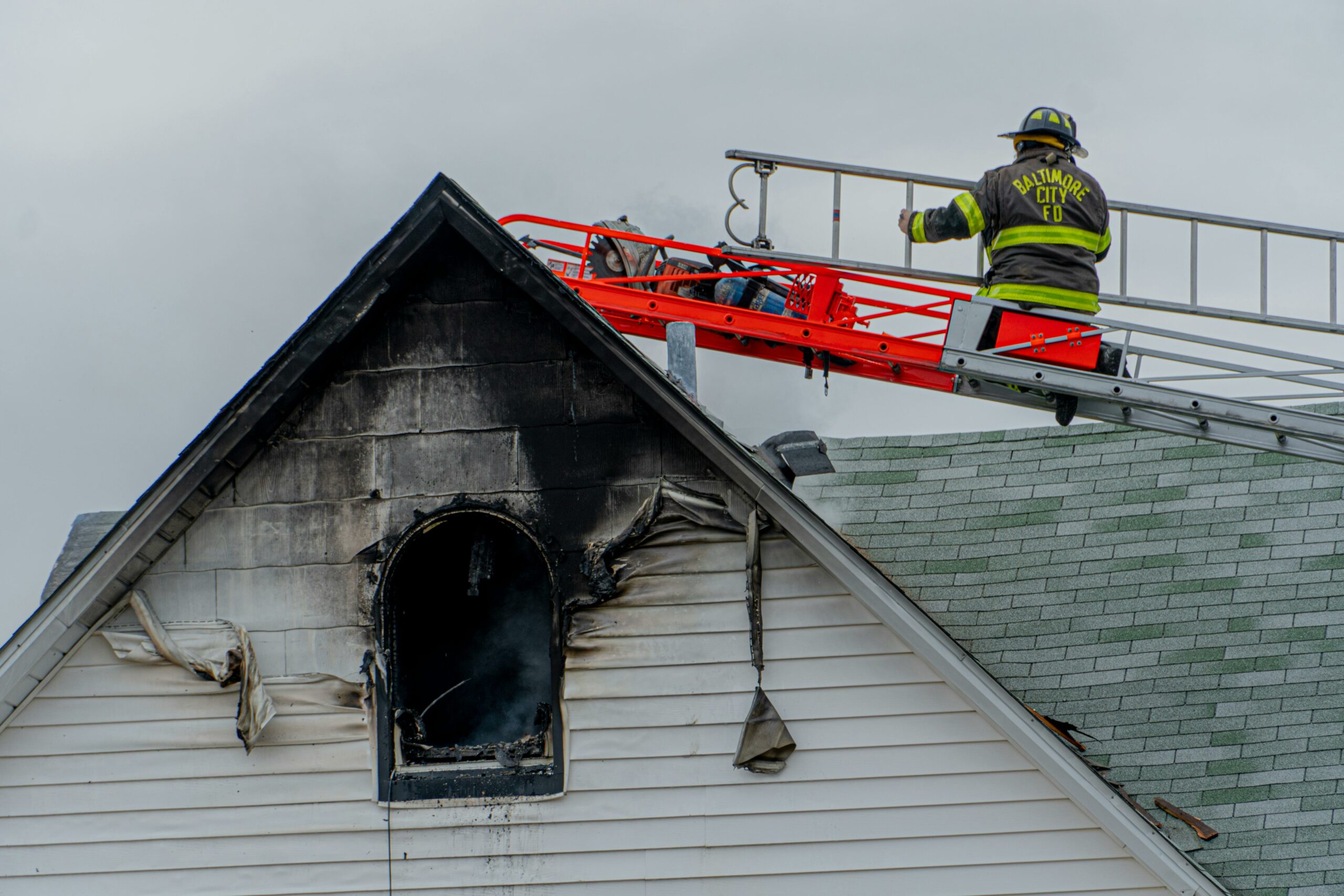What Impact Are Remote and Hybrid Working Models Having on the Fire Safety of Commercial Buildings?

The way buildings are used has changed. Offices that were once full every day now often sit half-empty. More people work from home, while others attend the workplace only once or twice a week.
Remote and hybrid working have shifted how commercial spaces are managed. They have brought greater flexibility, but they have also introduced new risks, particularly in relation to fire safety.
Empty rooms, locked floors and fewer fire wardens on site all create a different set of challenges for building owners and administrators.
This article explores how remote and hybrid working models are affecting fire safety. It highlights what needs to change, the risks that are growing, and how dutyholders can stay compliant under UK law.
Changes to Occupancy and Fire Risk
Buildings designed to accommodate hundreds of people may now only see a few dozen on certain days, with numbers rising unpredictably on others.
Changing occupancy affects fire risk in ways that are not always obvious. With fewer people present, small fires might spread further before being noticed. Evacuation could take longer if workers are scattered across different floors. Emergency response may also be slower if key fire wardens or trained staff are working remotely.
It is tempting to think that fewer people mean less risk. In reality, the nature of the risk has changed, not disappeared.
Regular fire awareness training helps workers on site understand basic fire risks, how to spot danger early, and what to do in the event of an incident. Training keeps fire safety in people’s minds, even when they are not in the building every day.
Building owners must ensure that all workers, whether hybrid, remote or full-time, stay up to date. Fire safety must not become something considered only once a year.
Reduced Staff Presence and Fire Wardens
Hybrid working affects not only how many people are in the building, but who is present at any given time.
Many workplaces rely on trained fire wardens to support evacuations, check floors and manage assembly points. However, if fire wardens are working from home or spread across multiple locations, cover can quickly become inadequate.
An emergency without sufficient trained staff can escalate rapidly.
Owners and administrators must plan carefully. Fire warden rotas should reflect hybrid working patterns to ensure enough trained people are always available. Backup plans are equally important. If key wardens are unavailable, others must be ready to step in.
Maintenance of Fire Safety Systems
Reduced occupancy does not mean reduced responsibility.
Fire alarms still require regular testing. Emergency lighting must still be checked. Sprinkler systems must continue to be serviced. Routine inspections must not be neglected.
It can be easy for maintenance tasks to be overlooked when a building feels half-empty. However, fire safety systems must always be ready to perform, regardless of how many people are inside.
Legal obligations have not changed. Under the Regulatory Reform (Fire Safety) Order 2005, building owners and responsible persons must ensure that fire safety measures are maintained properly at all times.
Ongoing maintenance not only saves lives but also protects owners from fines and serious legal consequences.
How Fire Risk Assessments Must Adapt
A fire risk assessment should not be a static document. It must be reviewed and updated whenever significant changes occur.
Hybrid and remote working patterns constitute significant changes. Empty floors could mean blocked escape routes. Locked areas could delay evacuations. Fewer occupants may alter how evacuation plans work in practice.
Building owners must walk their sites regularly, check for changes, and update plans as necessary. Communication is crucial. Workers must be informed if assembly points move, stairwells close, or new procedures are introduced.
Seemingly minor changes in building use can have a major impact on fire safety. Risk assessments must keep pace with these developments.
The Role of Training in Keeping Standards High
Fire safety knowledge fades when it is not used regularly. Hybrid and remote working can accelerate this decline.
When workers are not in the building every day, it is easy to forget vital information: how to raise the alarm, where to assemble, and how to report hazards.
Regular training keeps fire safety knowledge fresh. It reminds workers of their responsibilities, even if they are only in the office occasionally.
Training must also be flexible. Not everyone can attend face-to-face sessions. Fire safety e-Learning courses provide a practical solution. Staff can complete training modules wherever they are, ensuring up-to-date knowledge without disrupting working patterns.
Effective training does more than tick a compliance box. It builds a mindset where safety becomes second nature.
Best Practices for Fire Safety in Remote and Hybrid Workplaces
Hybrid working models require a flexible, proactive approach to fire safety.
Start with clear communication. Ensure that all workers, whether remote or on-site, understand the current fire safety arrangements and are updated whenever changes occur.
Maintain trained fire warden coverage. Always have contingency plans for days when staffing levels are low.
Continue running regular fire drills. Even with reduced occupancy, drills remain essential. They test procedures, reveal weaknesses, and maintain staff readiness.
Visitor management must not be neglected. Clear signing-in procedures and quick safety briefings ensure that visitors understand evacuation protocols, regardless of building occupancy levels.
Finally, inspect escape routes and fire safety equipment more frequently. Empty areas and changing layouts can create hidden hazards that must be addressed quickly.
Being proactive is far better than reacting after an incident.
Legal Responsibilities for Building Owners and Administrators
Fire safety legislation remains unchanged, irrespective of working patterns.
The Regulatory Reform (Fire Safety) Order 2005 places clear duties on building owners and responsible persons. They must protect all users of the building, including full-time staff, part-time staff, contractors and visitors.
The Fire Safety Act 2021 strengthens these duties, especially for multi-occupied premises. It clarifies that the structure of the building and all common areas fall within the scope of fire risk assessments.
Failure to manage fire risks properly can lead to enforcement notices, heavy fines, prosecution and even building closure orders.
Staying compliant requires current risk assessments, up-to-date maintenance records and well-informed occupants. Fire safety must remain a daily priority, not an occasional task.
Final Takeaway
Remote and hybrid working have reshaped how commercial buildings are used. However, they have not reduced the need for robust fire safety management.
Empty rooms, fewer staff, and evolving layouts create new risks that require fresh thinking and careful action.
Building owners and administrators must remain vigilant. Risk assessments must be updated, training must be refreshed, and procedures must be tested regularly.
Strong fire safety protects far more than just the building. It protects lives.
And that responsibility remains as important today as ever, no matter where people work from.
